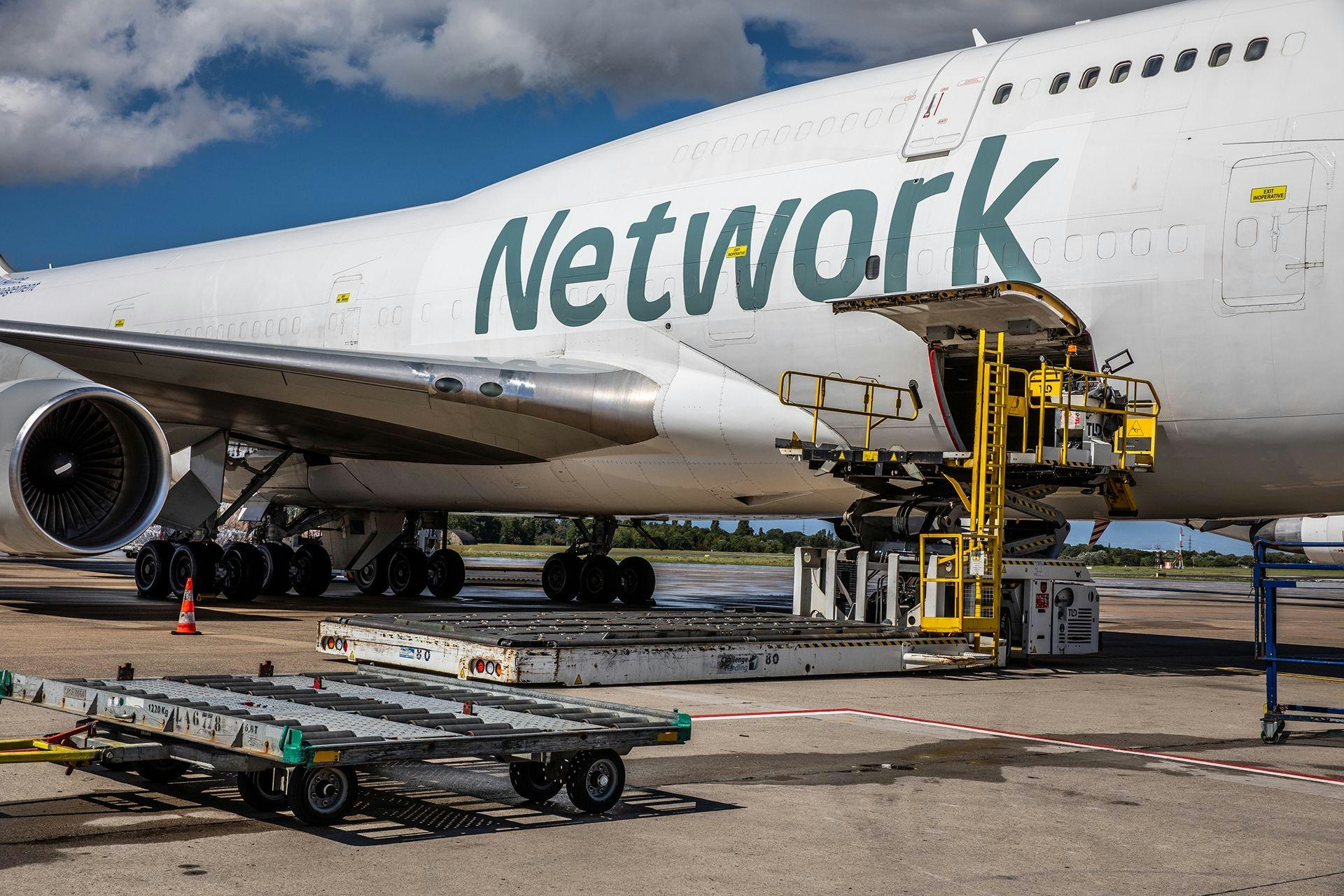
AeroGenie — Your Intelligent Copilot.
Trending
Categories
Boeing Seeks Engine Suppliers for Next-Generation Single-Aisle 737 Replacement
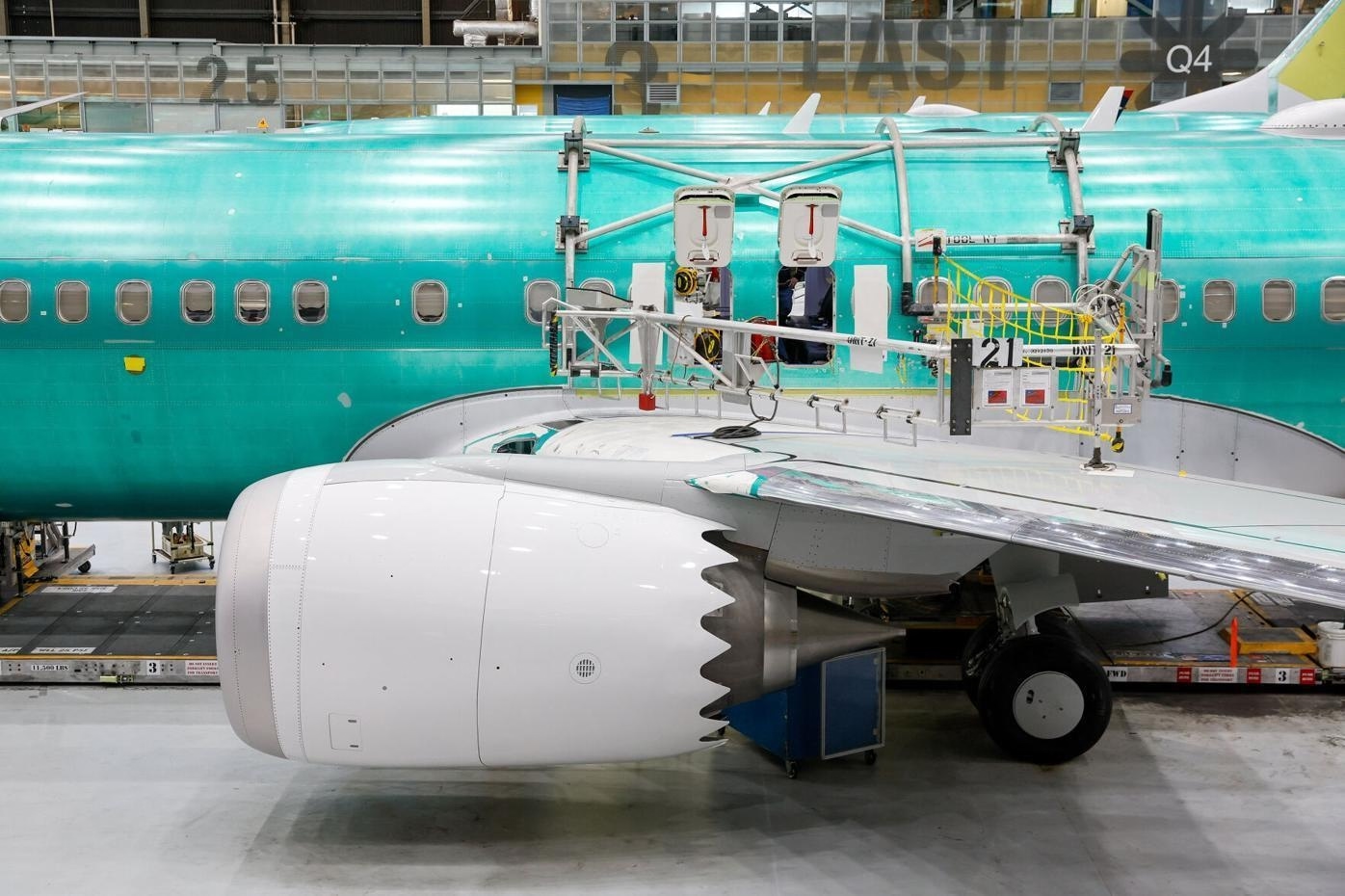
Boeing Initiates Search for Engine Suppliers for Next-Generation 737 Successor
Boeing has formally embarked on the development of a successor to its 737 family by reaching out to leading engine manufacturers to explore propulsion options for a new generation of single-aisle aircraft. This initiative marks a critical phase for the U.S. planemaker as it continues to navigate the repercussions of the 737 MAX crisis, which resulted in a global grounding of the aircraft following multiple fatal accidents and extensive regulatory scrutiny.
Request for Information and Engine Preferences
On Thursday, Boeing issued a formal request for information (RFI) to prominent engine producers, including Rolls-Royce, Pratt & Whitney, and CFM International—a joint venture between General Electric and Safran. The RFI solicits proposals for an advanced ducted propulsion system capable of delivering approximately 30,000 pounds of thrust, tailored specifically for a future single-aisle aircraft intended to replace the 737 in commercial service.
Boeing has expressed a clear preference for ducted propulsion systems over open-rotor designs, despite some manufacturers advocating the latter for their potential performance advantages. Boeing CEO Kelly Ortberg emphasized the company’s measured approach, stating, “We’re not ready on any of those work streams today, but we need to be when the market is ready for a new aircraft.” This cautious stance reflects Boeing’s intent to carefully evaluate emerging engine technologies before committing to a final design.
Competitive Landscape and Market Implications
The timing of Boeing’s search for a new engine supplier is significant, as the company faces intense competition from Airbus. The European manufacturer is advancing its own next-generation single-aisle aircraft technologies, including open-rotor engines and composite fuselage materials, which could provide Airbus with a competitive advantage in the lucrative narrowbody market.
Market response to Boeing’s announcement has been cautiously optimistic. Emirates, a key Boeing customer, has recently signaled renewed confidence in the company’s recovery efforts. Nonetheless, Boeing’s historical challenges, particularly the lingering reputational damage from the 737 MAX crisis, continue to affect supplier confidence and broader market dynamics.
Engine manufacturers are anticipated to respond vigorously to Boeing’s RFI. Rolls-Royce and Pratt & Whitney have already proposed advanced ducted turbofan engines for upcoming Airbus models, while CFM International is expected to leverage its extensive experience with current single-aisle engines in its submission. The competition among suppliers is likely to be intense, as securing the contract to power Boeing’s next flagship narrowbody aircraft represents a major milestone in the aerospace industry.
As Boeing advances its clean-sheet design, securing innovative and reliable engine technology will be pivotal not only for reclaiming market share from Airbus but also for restoring confidence among airlines and passengers. The coming months will be critical in determining how engine manufacturers and competitors respond to Boeing’s initiative and whether the company can successfully redefine its position in the single-aisle aircraft market.

Etihad Airways Wins Over 25 Awards at 2025 Global Travel Ceremony
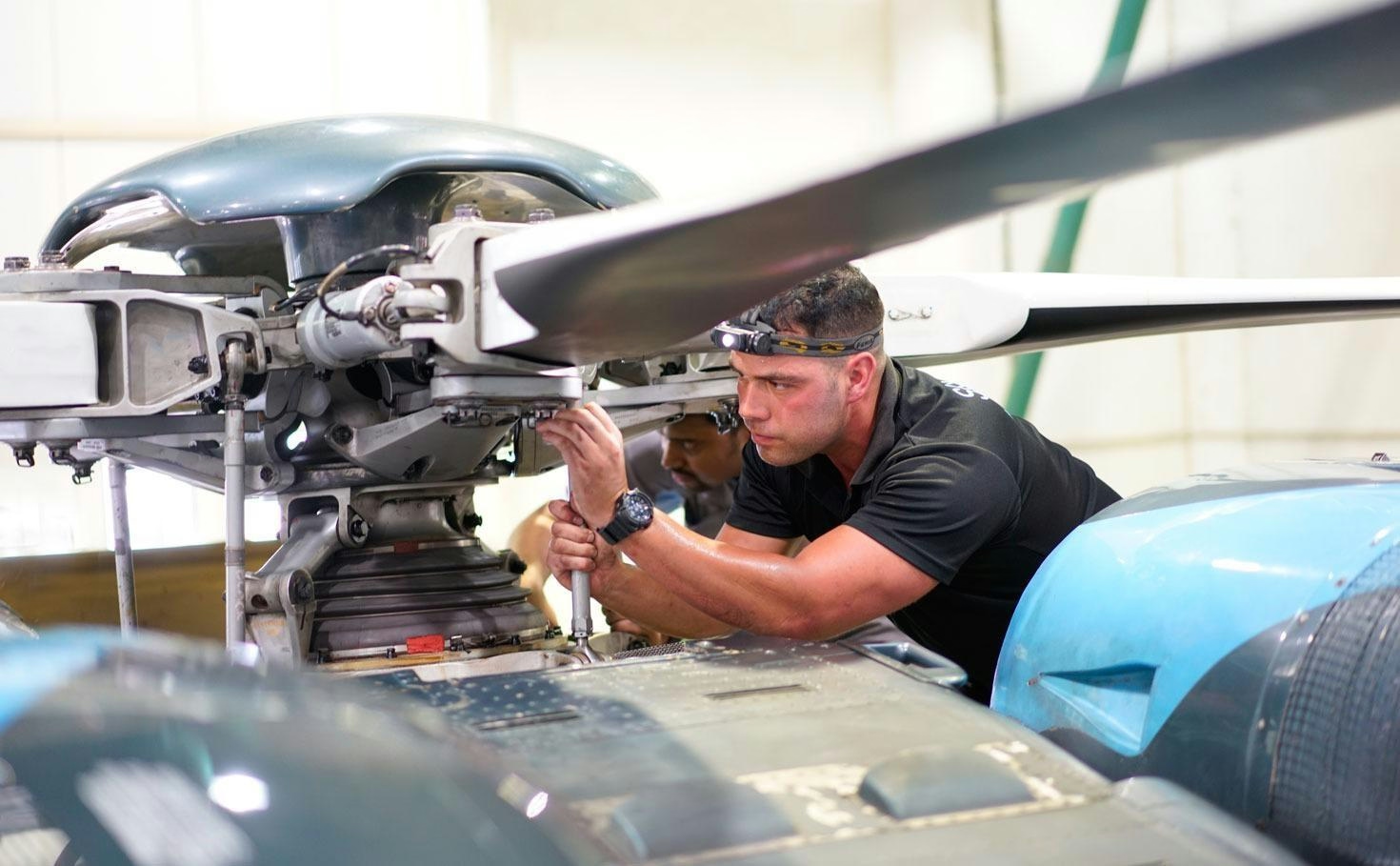
Companies Producing Diesel Airplane Engines Face Questions About Safety and Performance
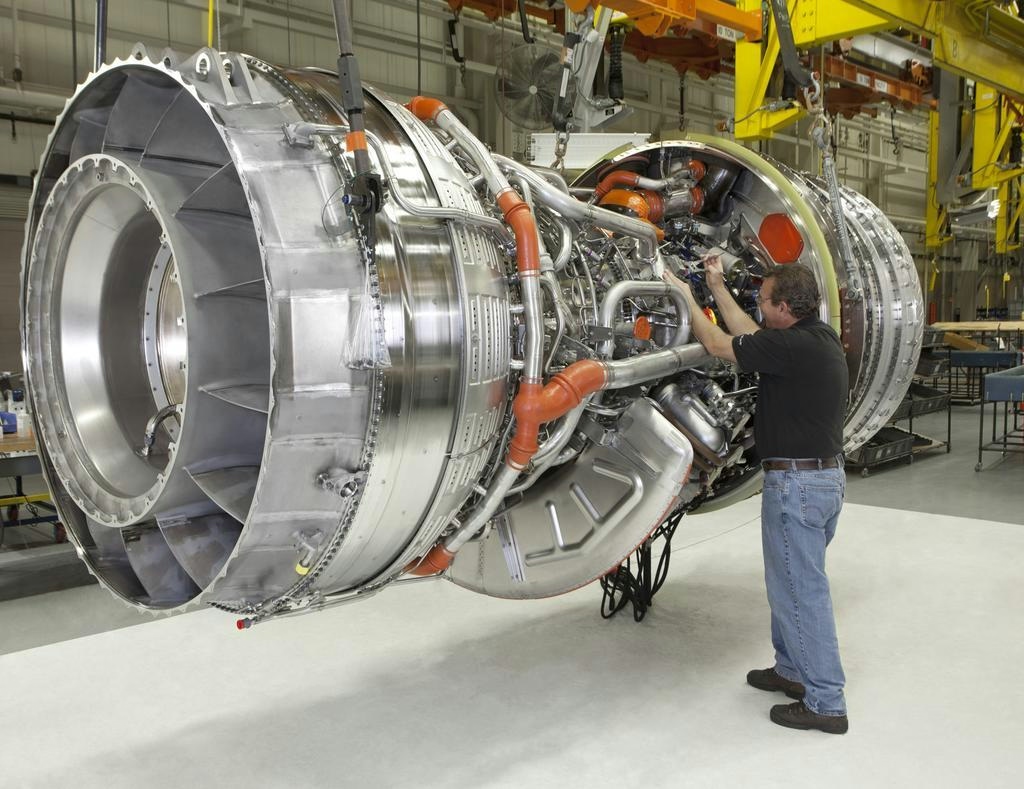
Explained: How GE Became a Jet Engine Manufacturer

Aviation Capital Group Delivers Boeing 737 MAX 8 to LOT Polish Airlines
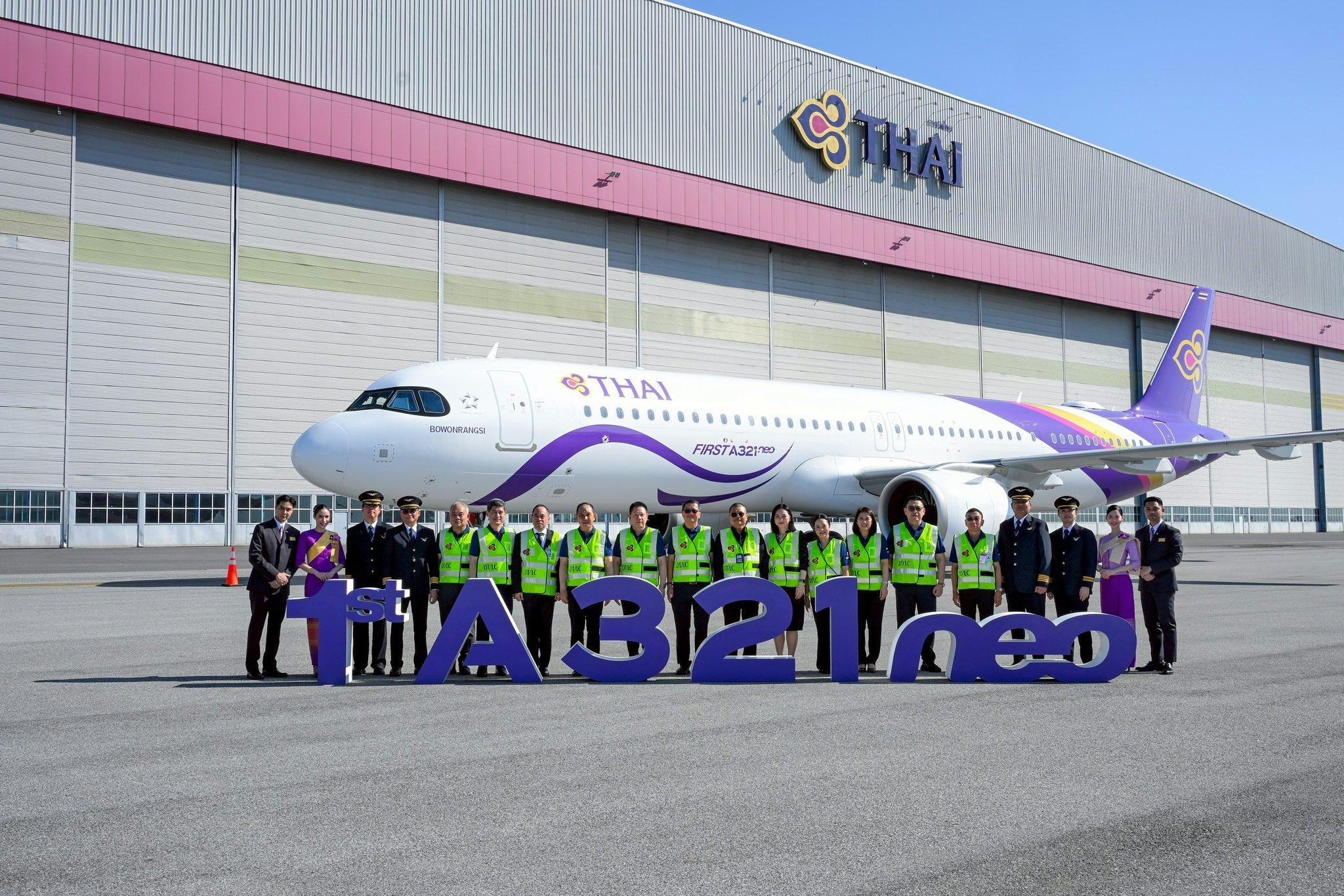
Thai Airways Receives First A321neo Aircraft
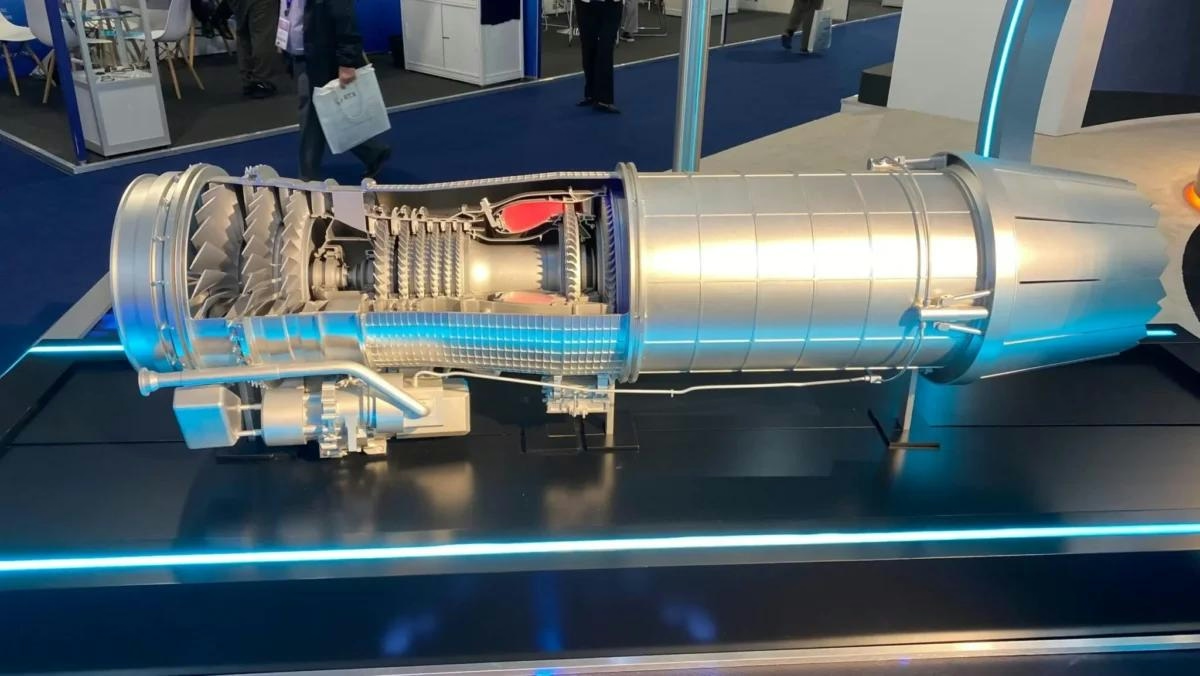
Seoul Invests 3.35 Trillion Won in New Fighter Jet Engine Development
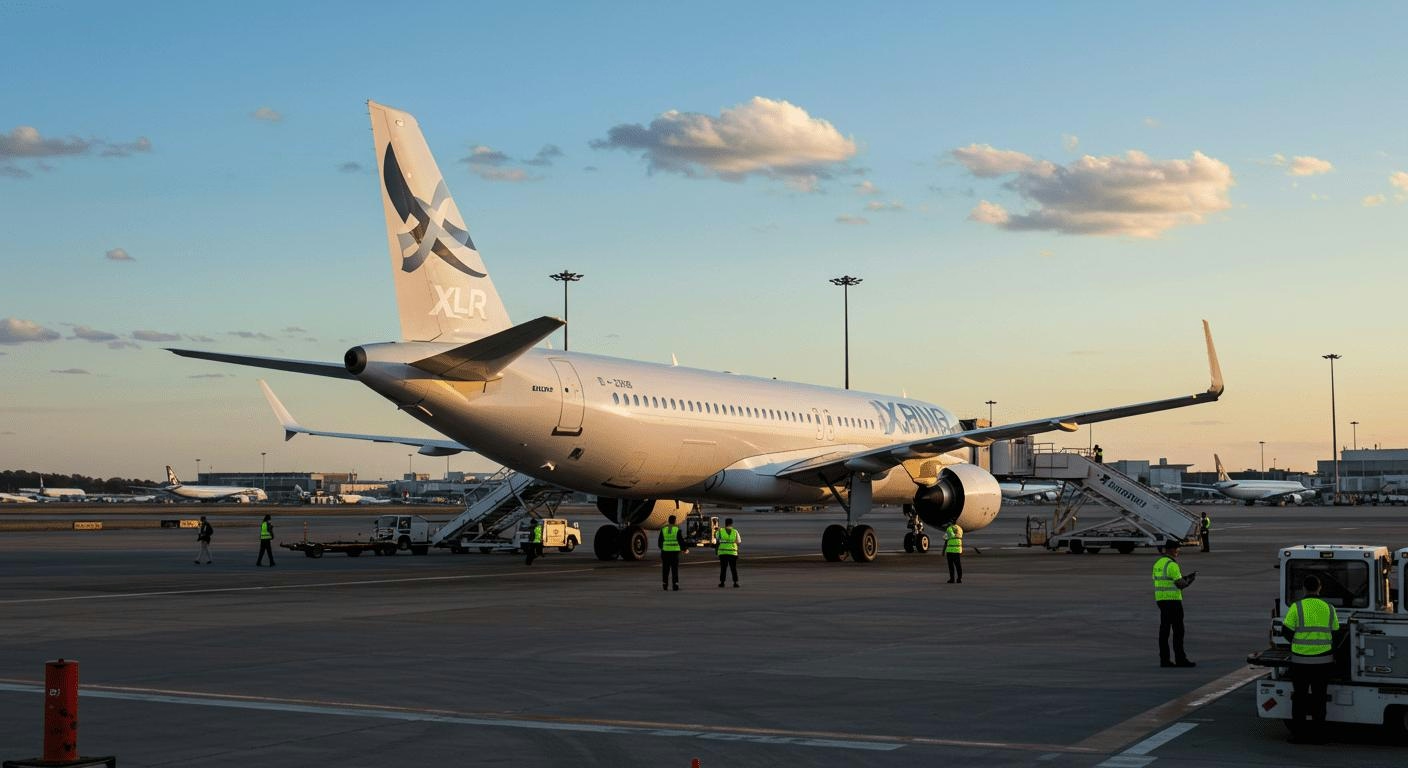
Can the A321XLR Replace Widebody Aircraft?

Airline Uses AI to Hold Flights for Passengers with Tight Connections
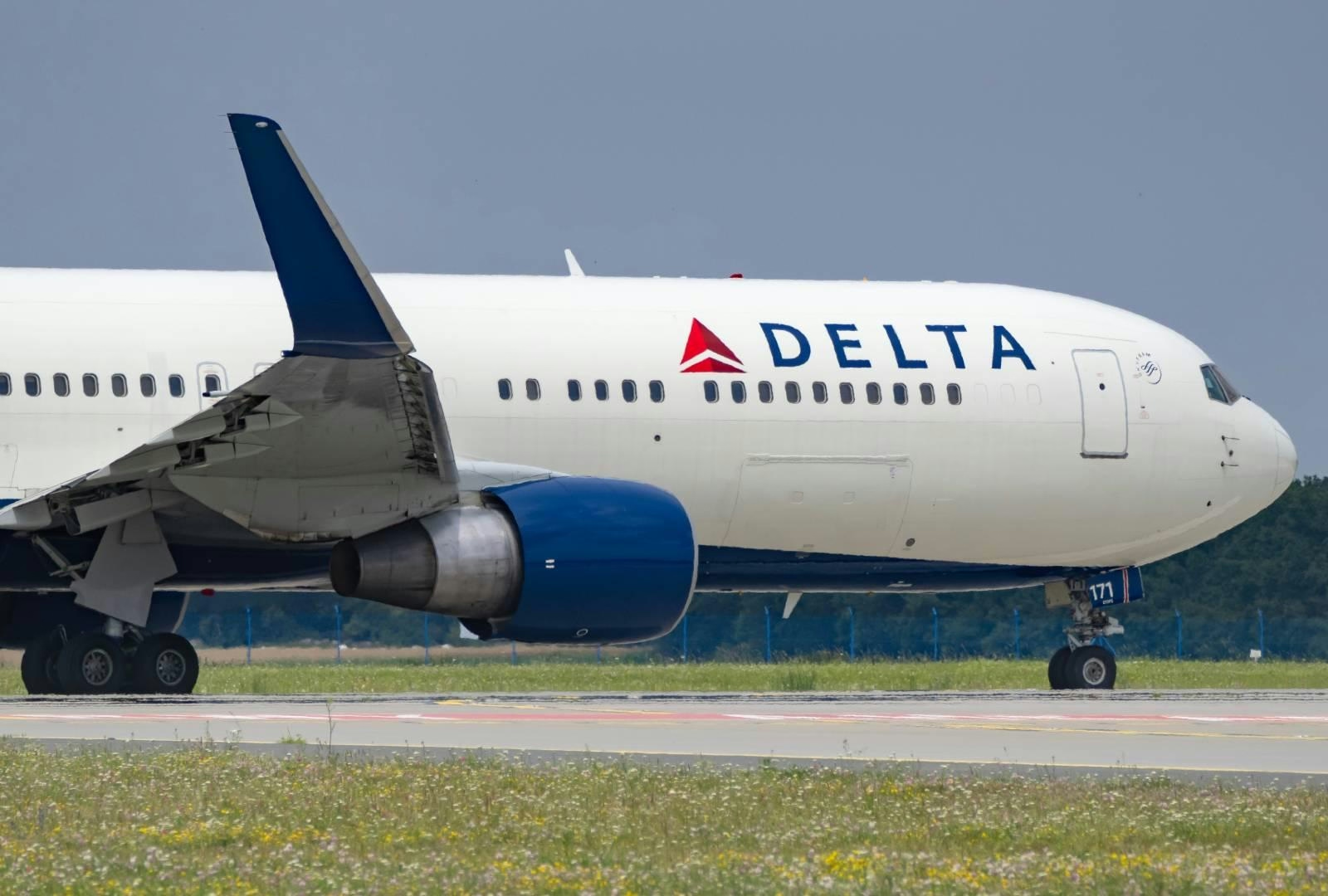
How Airlines Use AI to Set Flight Prices and What Consumers Can Do
